Homeowner Newsletter: Summer 2017
©2017 Jeffrey C. May
Children spend at least a third of their day asleep (we hope!). Dust mites, soil mites and other allergen-producing organisms may be uninvited roommates, so parents should do all they can to make a bedroom belonging to a child with allergies or asthma as clean and allergen-free as possible.
Bedding
Never have your allergic child sleep on a used mattress, even if for a bassinette or crib, unless the mattress is completely encased in a sealed plastic cover. I don’t care if the mattress used to be in your older child’s bedroom or belonged to your parents – don’t use it.
Used mattresses can be contaminated with dust-mite allergens, pet dander and even mold growth. I never had allergies until college when I purchased a used, 35 year-old mattress for $5.

Once your allergic child has graduated to a regular bed, the mattress, box springs and bed pillows should be encased in dust-mite covers. I don’t mean the covers that “breathe” (some brands of encasings contain thread gaps big enough for dust-mite allergen to pass through). Choose the cotton or polyester encasings with polyurethane backing at the interior or the all-plastic zip encasings. You can cover these with a thick, cotton mattress pad (but wash the pad every other week). It is acceptable, however, to
cover a brand new, “never-been-used” mattress in a woven polyester encasing, as long as its average pore size is less than five microns.
If your allergic child spends time in your bed or a sibling’s bed, those box springs, mattresses and bed pillows should also be covered with allergen-control covers.
I don’t recommend feather-filled bedding for families with allergies, asthma or other environmental sensitivities. Feather fragments in and of themselves can be irritating to inhale; in addition, some feather-filled bedding (as well as furniture) contains “bird bloom” – the inhalation of which can be a cause of “duvet lung”: a type of hypersensitivity pneumonitis (HP), which is a debilitating and potentially life-threatening disease.
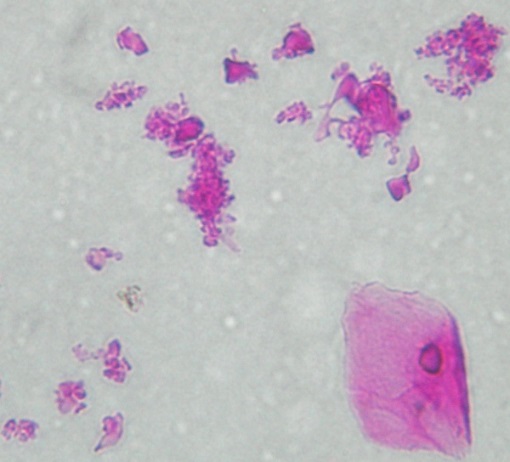
It is very unusual for children to be diagnosed with HP, but I worked with one family whose 6 year old daughter had the disease. I found out that her family had taken in a wounded pigeon and nursed it back to health before letting it go. The little girl had enjoyed caring for the bird, so she was exposed to bird bloom and bird dander, which had also spread into the house dust. In addition, I found yeast in her mattress, which lacked an allergen-control cover. (Exposure to yeast through inhalation is another potential cause of HP.)
The family did an especially thorough job of cleaning their home, and they encased all mattresses, box springs and bed pillows in allergen-control covers. The little girl recovered, and the last I heard, she was in perfect health.
Be cautious about using wool blankets, which can contain deteriorating wool fibers that can emit wool-cuticle and/or wool-cortex particles (“wool dander”), which can be irritating to inhale. Wool carpets with degrading fibers can also produce wool dander.
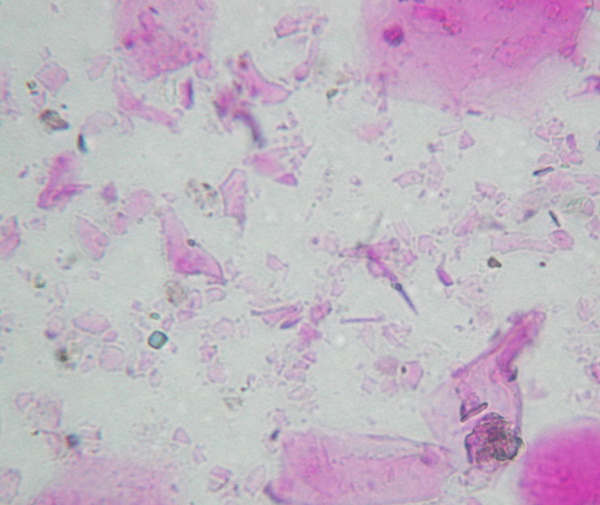
Carpeting
Avoid having carpeting in the room, because the fibers capture biodegradable dust that can never be completely removed through vacuuming or washing. And carpeting can contain mite infestations.
Hard flooring is always preferable, but you can use an area rug that you have cleaned or replaced as needed.

Unfortunately, even area rugs can be suspect if they are old or have been stored at some point in a musty space. One little boy loved to sit on a small area rug in his playroom that his parents had recently acquired. He’d sit on the rug for hours as he played with his toys.
My sampling revealed that the rug, an exorbitantly expensive acquisition, was contaminated with mold, probably from the time it was purchased. Every time the child sat on the rug, he was exposed to byproducts of the mold growth. It’s no wonder that he had asthma! His mother got rid of the rug, and the little boy’s symptoms were alleviated.
Some rugs made in China have a non-skid rubber backing that emits a strong rubber smell. Occasionally, people find this odor annoying. If you have such a rug in a bedroom (or in any other room, for that matter), it’s best to replace it.
Laundry and Cleaning
Dust and clean surfaces in your allergic child’s room at least once a week.
If you or a family member has allergies, do not use detergents that contain enzymes, including protease, amylase, cellulase, and “stain lifters.” These substances can cause skin irritation and respiratory symptoms in people who are sensitized.
Always read the ingredients label, because manufacturers regularly change their formulations.
If now and then you want to remove and wash an allergen-control mattress encasing that’s on an older mattress, put two such encasings on the mattress and only remove the outer encasing; otherwise, dust-mite allergen in the mattress will leak out and contaminate the room. The only exception would be if the mattress was new to begin with.
Wash sheets and pillow cases weekly, and cotton mattress pads once or twice a month; use hot water. Nowadays, you aren’t supposed to put blankets or quilts on infants, but the blankets and quilts on your older child’s bed should be tumbled in a dryer once a week. When you wash these items (which should be done at least monthly), be sure to dry them completely, to avoid mold growth.
If you don’t encase pillows, put them in a dryer at least once or twice monthly (on medium heat for approximately ten minutes). This will kill any dust mites present, as well as denature the allergens. Replace the pillows once a year.
Use a HEPA vacuum (one with high efficiency particulate arrestance filtration) for all household cleaning. Use a vacuum with a bag, or if the machine is bagless, empty it outdoors. If you have a central vacuum system, be sure that it vents to the exterior and not into your garage or basement.
Avoid using fragranced cleaning and body products, as these, too, can be irritating to some people.
Pets: Both “Stuffed” and Alive
Your allergic child may love to play or sleep with stuffed animals. I worked with one family whose young son loved to sleep with his large teddy bear, but he hated taking baths. His parents used to entice him to help them “wash” the teddy bear. This gave him courage to take baths himself, but unfortunately, the teddy bear became infested with dust mites (because of the excess moisture).
The presence of a food source – in this case, skin scales – and moisture can result in mite infestation and/or mold growth.
Put any stuffed animals that your child plays with or sleeps with in the dryer (medium heat) for about 10 to 15 minutes once a week.
If your family has a pet cat or dog to which your child is even slightly allergic, do not let this animal into your child’s bedroom. If a previous owner had a dog or cat, all surfaces in the room (including heating and cooling units) should be thoroughly dusted to remove all dust and pet dander.

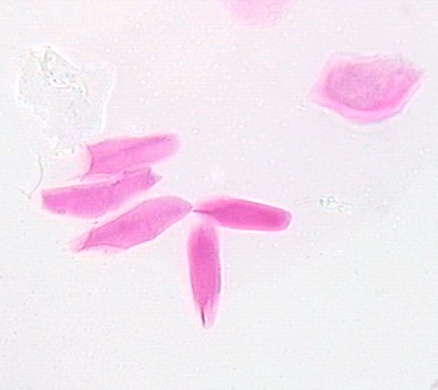
I’ve worked with a number of families who don’t have pet dogs or cats, but allow hamsters, guinea pigs, or even fish tanks in their allergic children’s bedrooms. Don’t consider this. Litter from a hamster or guinea pig cage can be allergenic. And believe it or not, fish tanks can harbor dust-mite infestations at the top, because these “critters” thrive on the moisture and fish- flake bits resting on the rim of the fish-tank cover. In addition, the tank’s filter or bubbler can aerosolize algae and other water contaminants. And please, no pet birds!
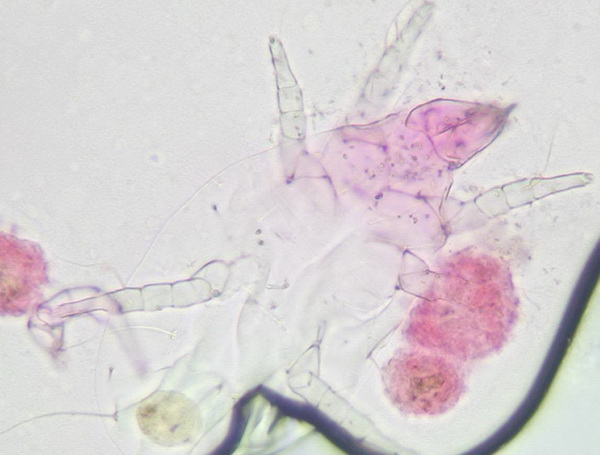
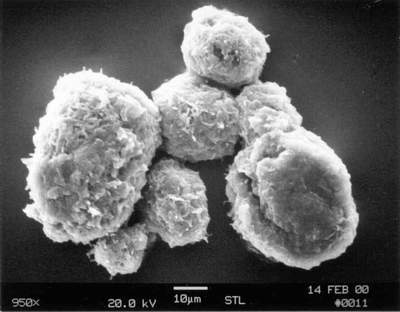
Heating and Cooling Equipment
Radiators, baseboard convectors, ducts, and portable air conditioning units can contain allergens as well as mold spores, and should be cleaned.
To clean a radiator, remove the cover (if present) and HEPA vacuum away all dust. Then HEPA vacuum all radiator surfaces. Use a 36-inch vacuum crevice tool (available on line) to get to hard-to-reach spots. To clean a baseboard heating convector, remove the cover and clean top and bottom surfaces. HEPA vacuum the tops, bottoms and sides of the fin tubing. Then blast the fins with steam vapor with a steam-vapor machine. Put rags or old towels under the convectors to catch the grime and protect the flooring. Once you have treated a baseboard convector in this way, you need only dust the top of the cover at the start of every heating season.
If you have hot-air heat and/or central air conditioning, be sure that your ducts and air handler(s) are clean; have them inspected and cleaned as needed by a professional company.
A portable air conditioner should be cleaned annually before the cooling season begins. If you inherited the A/C unit from a former occupant, it’s best to replace it, as it may contain mold growth.
To clean a portable air conditioning unit, take the unit outside, remove the entire exterior cover, and clean the top and bottom cover surfaces. Encase the motor and other electric components in aluminum foil. Then wet the interior with a slight flow from a hose. Use a small brush to clean interior surfaces, rinse surfaces with light flow from a hose, and then allow the unit to dry before removing the aluminum foil. Clean the filter as directed. If space allows, upgrade filtration. If space does not allow, attach electrostatic filtering material over the interior intake (www.webproducts.com).
Other portable mechanical equipment
If you run a portable humidifier in your child’s bedroom, monitor the relative humidity (RH) with a thermo-hygrometer (available in many building supply and hardware stores). Keep the RH under 40%, especially in the winter; otherwise, condensation can occur on cool surfaces, leading to mold growth.
Avoid using a “cool-mist” model (with an evaporative pad), as this type of humidifier can become colonized with bacteria, yeast and mold. Don’t use an ultrasonic humidifier either, because it creates dust and can aerosolize water contaminants.
I only recommend warm-mist humidifiers, because they heat the water and thus inhibit microbial growth in the reservoir.
You may be thinking about installing an air purifier in your allergic child’s bedroom. Such a device can be useful, but only after the room has been cleaned and potential sources of allergens removed. Unfortunately, as long as there are sources of contaminants in the room, exposures are possible, even if an air purifier is present.
Get Rid of Sources
The goal should be to get rid of the sources of indoor air quality problems, rather than depend on air purifiers and fragranced cleaning products. Even if your child doesn’t have allergies or asthma, you can reduce his or her exposure to indoor contaminants, and thus reduce the chances of having your son or daughter develop environmental sensitivities. This is particularly important in families where other family members have allergies or asthma.
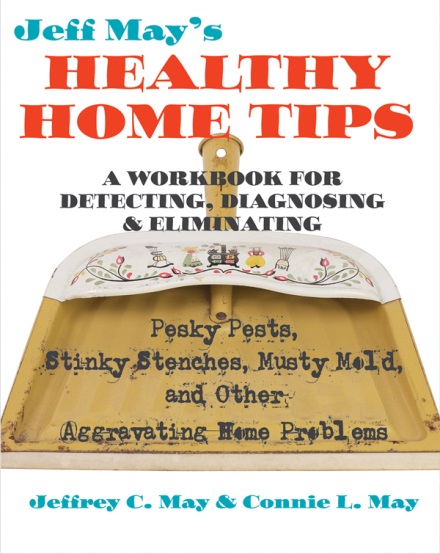
Refer to our book (available on amazon.com) for further guidance on having healthy indoor air quality in your home.
Call us to arrange a site visit, a phone consultation, or for advice regarding an indoor-air-testing report. We also offer expert witness work in potentially litigious situations.
